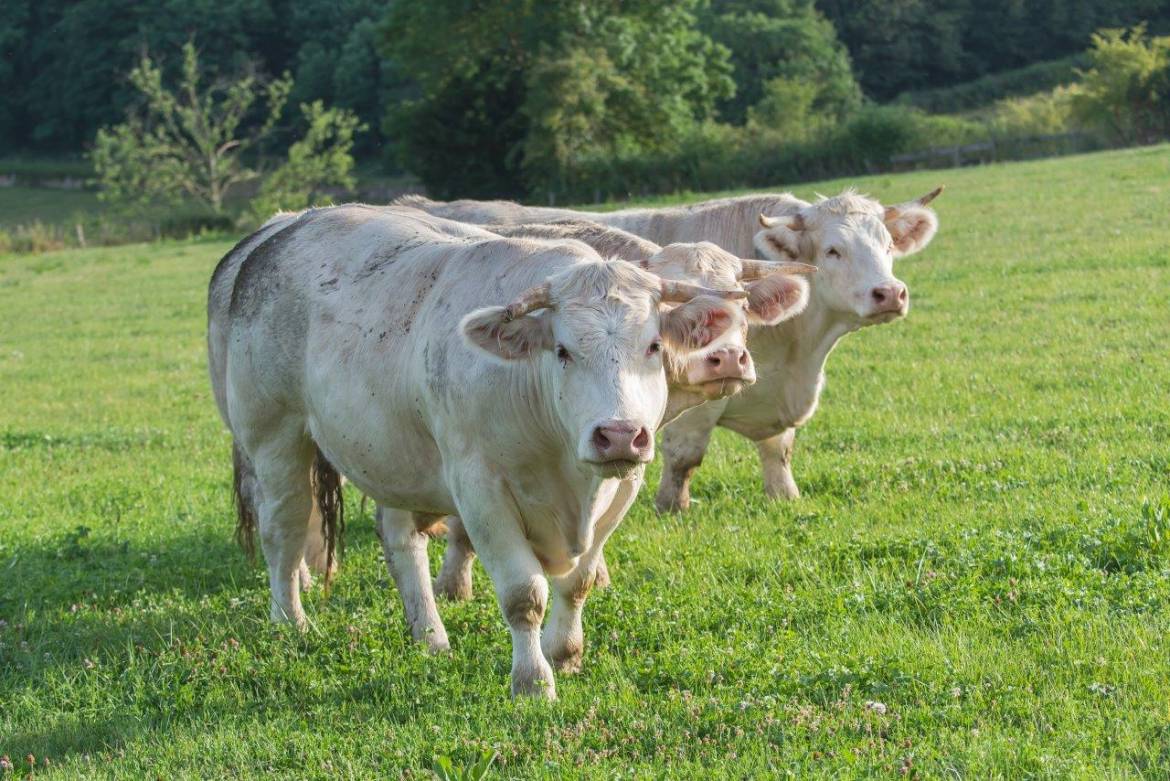PURE BLANC BLEU BELGE FILLET
ORIGINS - REGIONS
It’s becoming hard for walkers to find Belgian pastures without crossing impressive beef cattle that are busy grazing, particularly in the south of the country. This race, whose name comes from its coat, is raised especially for its meat even though some farmers still use it for dairy products. More muscular that fatty, the BBB provides meat that is lean and tender and enjoyed as much by the butcher as the restaurant-owner or individual.
FEATURES
Healthy, abundant meat
Although this breed is the pride of breeders and Belgian farmers, it should be pointed out that its impressive musculature also comes from cross-breeding with English cattle such as the Shorthorn breeds and the presence of Culard genes.
In general, the animals spend a good part of the year in the field, so their food is mainly composed of fresh grass. This simple life and care give the meat (70% of the slaughter weight) its tenderness and dietary virtues.
FLAVORS, PREPARATIONS
The keyword: simplicity
A piece of tenderloin BBB does not require sophisticated cooking. If you choose it for its low fat content, simply fry it without marinade or spices. Turn it without spiking to keep all its juices. When quick-fried rare or very rare, its neutral flavor just needs a pinch of fleur de sel sea salt after cooking and a few turns of the pepper mill. If you invite it to a more festive meal, spoil it with a sweet, creamy sauce or why not a few shavings of truffle?
A noble piece par excellence, the pure Belgian Blue beef fillet occupies a place of choice both on the menu of the good restaurateur and on the butcher's counter. Its taste and dietary qualities make it a meat very widely cooked both for an ordinary meal and for a festive meal.
